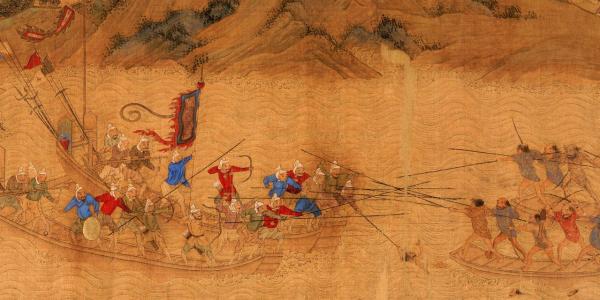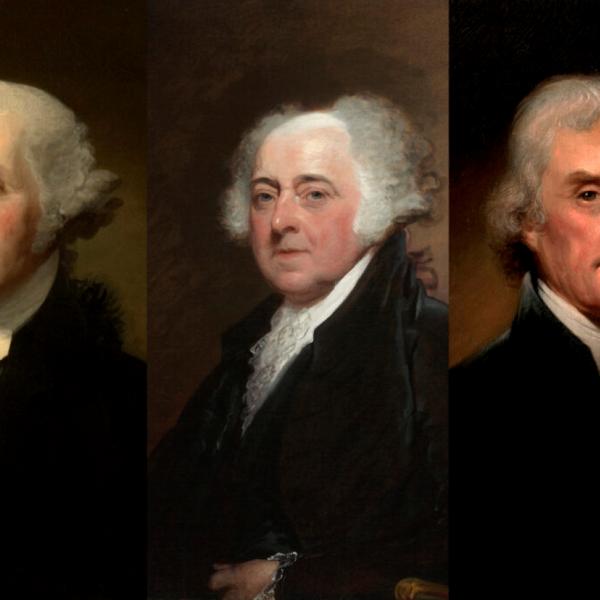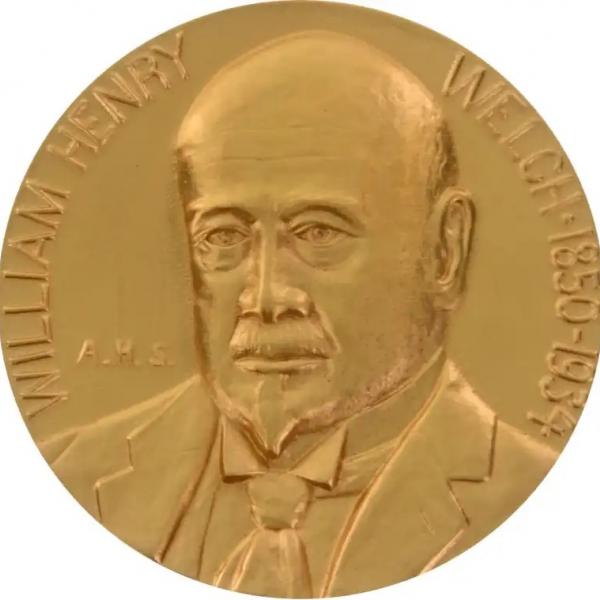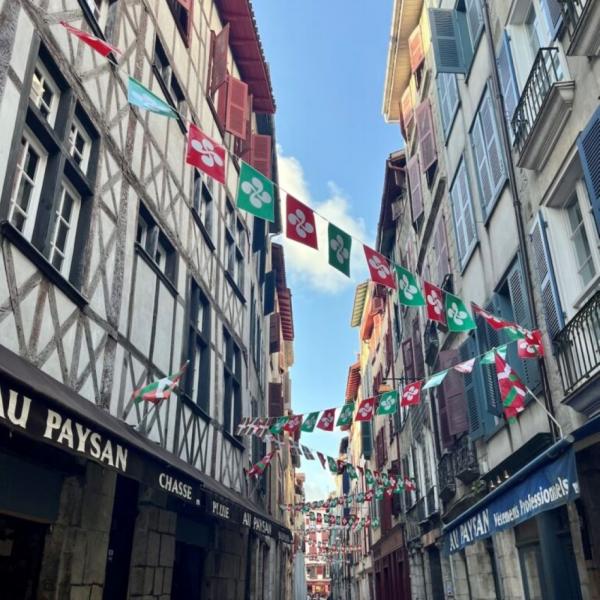Michael Szonyi is the Frank Wen-Hsiung Wu Memorial Professor of Chinese History and the director of the Fairbank Center for Chinese Studies at Harvard University. On April 3, he will deliver the final lecture in the history department's spring colloquium series: "How to Dodge the Draft and Succeed as a Pirate in the Ming Dynasty: a Theory of Everyday Politics in Late Imperial China." We caught up with Szonyi to find out more about piracy during the Ming Dynasty.
How did Ming Dynasty pirates differ from the pirates of Hollywood?
Unfortunately, we don't have a great vocabulary in English to describe the full range of illegal and violent maritime activities in world history. The pirates of my story were not hardened criminals preying on legitimate shipping (and they didn't look like Johnny Depp or Errol Flynn). In a world where there was no powerful state navy to enforce order on the high seas, all ships had to be armed and ready to defend themselves. When the Ming dynasty enforced its ban on seaborne trade, the already heavily armed traders often turned to preying on one another, on other ships, and on coastal communities.
What makes for a good pirate during the Ming Dynasty?
The core message of my book is that to be a successful pirate in the Ming dynasty meant not avoiding the Ming state but engaging with it, using connections and knowledge of state practices (like where their naval patrols operated) to gain advantage in criminal behavior. So some of the best pirates were actually relatives of naval officers.
It's not really part of my book, but one attribute of some of the best pirates, like the famous Koxinga, was international experience. Koxinga was the son of a Chinese father and a Japanese mother; the father spent time in Macao (where he was baptized) and spoke Portugese and Dutch as well Chinese and Japanese. He reportedly had African slaves working in his fortified castle on the coast of southeast China. So the message is: do study abroad!
How did you become interested in this research topic?
At the very start of the project, I was visiting a village in the mountains of Fujian province. The villagers have an annual procession festival where they take the deity from their local temple on a tour of the area. It lasts for several days and involves vast expenses - on offerings, firecrackers and incense. As I traced the route of the festival, I came to realize that the participating villagers were all descended from Ming soldiers. This was a festival in the twenty0first century that articulates a community first defined by government policy centuries ago. I spend a lot of time in rural China, gathering genealogies and trying to reconstruct the history of families and lineages. I realized that the descendants of the soldiers and sailors of the Ming army have very distinctive family histories, and I wanted to understand why.
What are you hoping people will take away from your talk?
There are two main messages. First, the remarkable sophistication of people in past times - they had an amazing capacity to think about how to best serve their interests and come up with strategies to deal with the institutions that shaped their lives but did not determine them.
Second, the interesting ways in which a Ming institution - the army - has left legacies or traces that we can follow down through the ages even to the present. For example, when we look at certain temple networks in contemporary China, we can actually see the impact of government policies from seven centuries ago.
Michael Szonyi is the author of The Art of Being Governed: Everyday Politics in Late Imperial China (Princeton UP). You can read more about piracy during the Ming Dynasty in Szonyi's recent article for Aeon. He will speak on campus on April 3, 2019 at 3:30pm in Busch Hall, Room 18.





